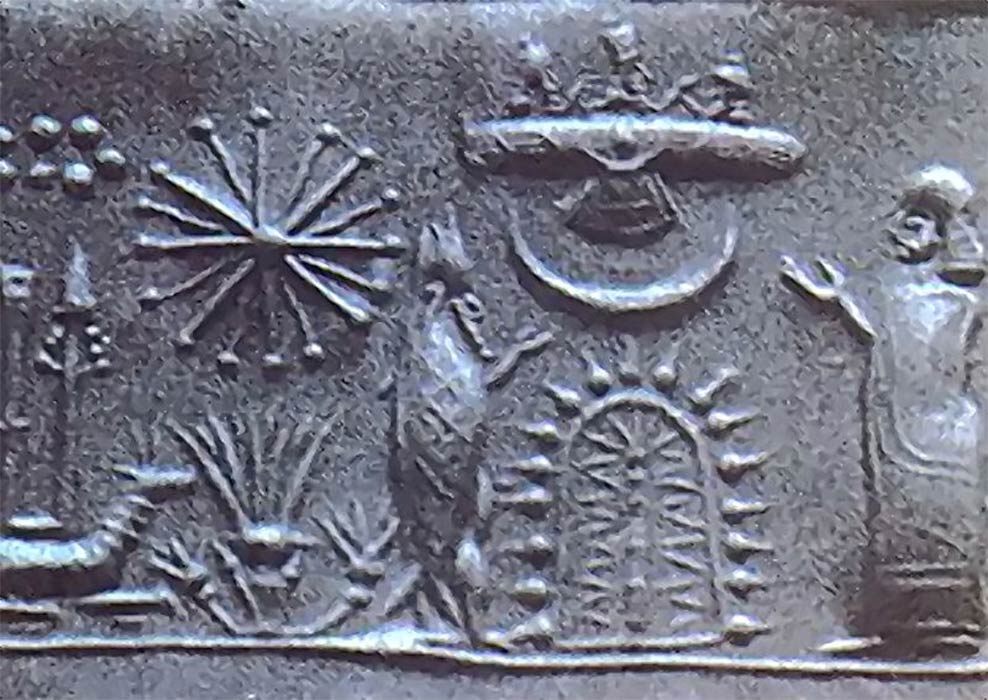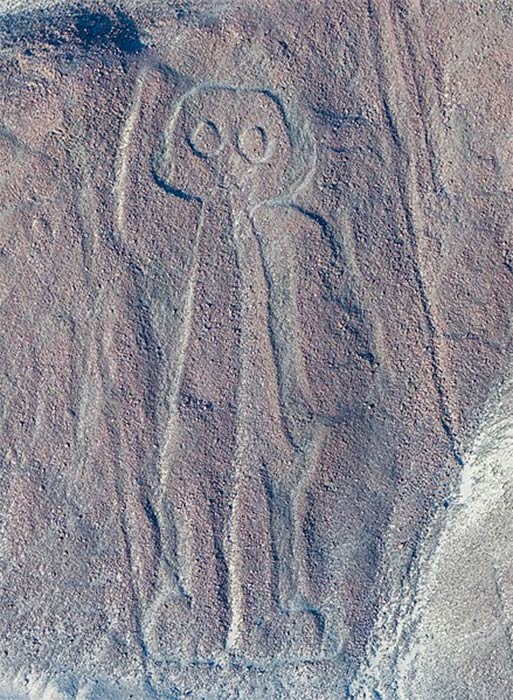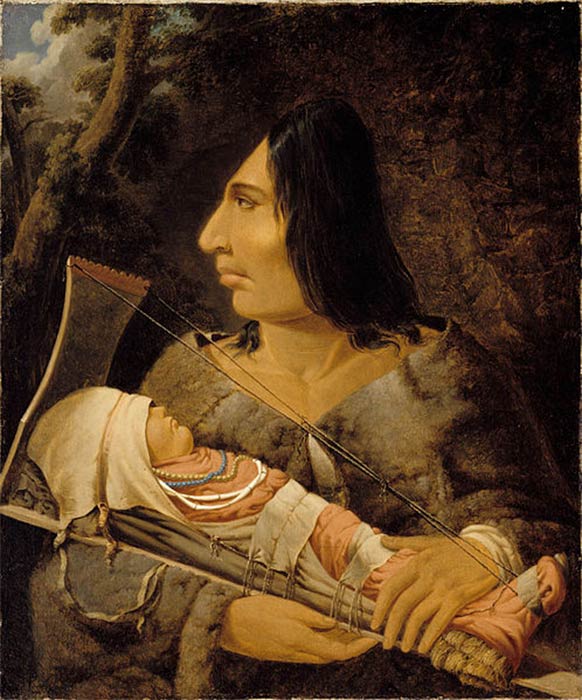
Integrity Of Ancient Mummies Offended By Ancient Aliens
Archaeologists all over the world have for decades refuted claims of an extraterrestrial influence on the building achievements of ancient humans. The academic community regard such claims as “aliens of the gaps,” reflecting the “God of the gaps” theological perspective where gaps in scientific knowledge are taken to be evidence or proof of God's existence. Proponents suggest ancient alien contact influenced the development of ancient cultures, and their technologies, religions, and sometimes biology, and a common theme is that ancient deities were extraterrestrial in origin, and that their associated divine powers were remnants of advanced technologies brought to Earth by these ancient astronauts.

Supporters of ancient astronaut theories suggest extraterrestrial explorers came to Earth long ago and they cite artifacts such as this ancient Mesopotamian cylinder seal depicting what is interpreted as a flying craft. (Public Domain)
Denigrating Pre-Columbian Peruvian Cultures
The idea that extraterrestrials visited ancient civilizations was first amplified in the pop-cultural sphere in the 1968 book, Chariots of the Gods? in which Swiss author Erich von Däniken popularized the ancient astronaut theory claiming the collection of massive geoglyphs in Southern Peru - the Nazca Lines - were only fully visible from the air and therefore could only have been landing strips for extraterrestrial crafts. He implies a civilization who had technology capable of traversing space and time would have required lines in stone to prevent them crashing to Earth. In reality, the Nazca Lines are composed of over 10,000 lines and cover an area of nearly 1,000 sq. kilometers (621 miles) comprising about 300 different figures including animals and plants, some of which measure 30 meters (98 feet) wide and stretch more than nine kilometers (5.6 miles) long, and most of the figures can be viewed from nearby hilltops, negating the need for a spaceship.
In 2009, historian Ronald H. Fritze wrote Invented Knowledge: False History, Fake Science and Pseudo-religions, explaining while some of the Nazca Lines point to water sources, others represent celestial-constellations some of which indicate dark-constellations occupying spaces in the starry wheel of the Milky Way. The closest they got to aliens was that they might have been symbolic offerings to sky deities. However, Chariots of the Gods? was on The New York Times bestseller list for several years and it helped to launch Von Däniken's career as a public speaker, inspiring the sales of 70 million copies of his books as of January 2017.

An aerial view of the ‘Owlman’ of the Nazca lines has been interpreted as an ‘Astronaut’, but was actually created with lines of piled rocks between 500 BC and 500 AD. (Diego Delso/ CC BY-SA 4.0)
The History Channel program Ancient Aliens speculates that Peru’s pre-Columbian building achievements, for example Machu Picchu, were assisted by a superior extraterrestrial race. A recent extension of the ancient astronaut theory was touted by the online series Unearthing Nazca by Gaia.com which set up a hoax investigation of a supposed pre-Columbian humanoid mummy. Named Maria, this incident caused archaeologists to suspect that the reason they were denied access to examine it was that the mummy was actually an ancient indigenous Andean human individual, that could have been illegally exhumed and mutilated to have alien-like features, including three fingers and toes on each spindly hand and foot and an elongated head with no nose, no ears, and large heavy-lidded eyes. According to a 2016 article in the The Atlantic, discussing the inherent racism associated with this particular hoax, the archaeologists were worried that the Unearthing Nazca production was in reality ‘an archaeological snuff film in disguise’, and they feared the powdery white child-like figure, with its arms wrapped around its knees, was at one time a living child that had been mummified.
- Hundreds of Ancient Mummies Discovered at Ceremonial Site in Peru
- A Night with the Grave Robbers of Nazca
- The Cult of the Dead in Prehistoric America
The Alien Mummies of Nazca, was presented by Jaime Maussan, a Mexican television presenter and ‘ufologist’ who in 2015 promoted what he claimed was a 1940s photographic slide depicting the corpse of an alien child supposedly discovered in the American Southwest. The timing of this claim was perfect in that it coincided with the famous Roswell incident of 1947 and since then many of the cranially banded children’s skulls of the ancient Peruvian Andes have been presented as evidence of large-skulled, Gray Aliens. A huge number of skulls with long or deformed craniums have been found around the world, with some groups advertising them as authentic alien skulls, but because infant skulls are soft and pliable, many indigenous people traditionally deformed them by tightly binding the heads of their babies for several months. Skulls deformed in this way that have been DNA tested have all been either modern human or Neanderthal and in most historical contexts cranial banding was carried out to establish social status.






